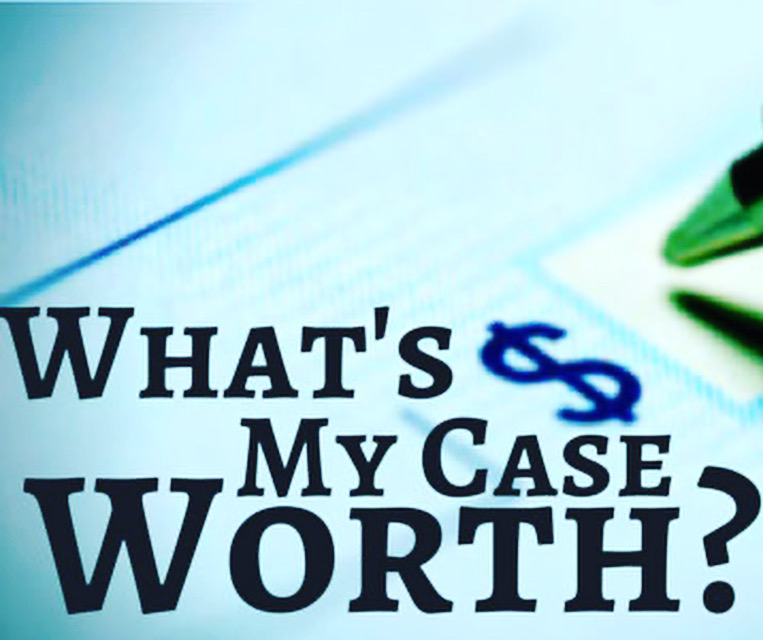It comes down to one word – Damages. Specifically, the physical, mental, and financial damages incurred by the injured party. When someone is injured in an auto accident or slip-and-fall or any type of personal injury case, monetary damages are paid to the injured party by the at-fault party. Below are the types of damages in personal injury cases.
In personal injury cases, monetary damages are usually paid to the plaintiff by the defendant and their insurance companies. Damage are typically agreed upon during negotiation settlements between the parties, lawyers, and the insurance company. A judge and/or jury may also award compensatory damages should the case go to trial. Compensatory damage awards are typically done to help injured plaintiffs become ‘whole’ again.
It is noteworthy that some of these compensatory damages are very simple to quantify, such as medical bills and property damage reimbursements. However, it’s arduous to place monetary values on suffering and pain or even on physical limitations caused by accident correlated injuries. That said, let’s discuss the various compensatory damages types common in most personal injuries cases.
Personal Compensatory Damage Types
Medical treatment
A damage award is always inclusive of all the required medical care that was associated with that accident. It’s reimbursements for all the received treatments plus compensation for future medical costs for injuries caused by the accident.
Income
It is noteworthy that you could get compensation for any impacts on your wages caused by accident. This is not only inclusive of your typical current income but your future earnings as well.
Pains and suffering
If you are experiencing pain and discomfort, you are entitled to compensation for it. However, this should be as a result of the accident or ongoing discomfort attributed to that accident.
Property loss
In case items such as clothing or even vehicles were destroyed during the accident, you can get compensation or reimbursements of repairs for the lost property’s lenient market value.
Emotional distress
This is typically linked to severe accidents. This type of damage requires compensation for any psychological effects caused by the accident. Emotional distress damage is inclusive of sleep loss, amnesia, anxiety, fear, and depression. It is noteworthy that some states usually consider it part of pains and suffering damages awarded to an injured plaintiff.
Loss of enjoyment
Suppose by chance, injuries associated with an accident inhibit you from getting and enjoying your hobbies, daily pursuits, recreational activities as well as hobbies. In that case, you can get compensation for loss of enjoyments damages.
Loss of consortium
Loss of consortiums is the damage related to the relationship of a spouse and the plaintiff. It can be described as inability or companionship loss to maintain normal sexual activities.
How Injured Party’s Actions Can Decrease Value
If the injured party is found to have a role and has contributed to the cause of the accident, even partially, his or her personal injury case value will be decreased by the percentage of fault attributed to him or her. This is called Comparative Negligence under California law. California is a “pure” comparative negligence state, meaning the injured party may still recover damages even if they are 75% or 99% at fault.
Identifying and maximizing each type of damages in your injury claim is the key to a good settlement. Have you been injured in an auto accident, or a slip-and-fall? Let our office get you the maximum compensation you deserve. Call us now for a free consultation.

